|
|
 |
Process
Cams can be modified by removing material from the “base circle”, which is the circumference on which the tappet rides when the valve is closed [note: this is not the camshaft bearing journal diameter]. The amount removed varies with the lobe condition and manufacturer’s practice, typically .030” to .060”.
Improvements
A lift increase cannot be more than the amount removed, multiplied by the rocker arm ratio; .060” base circle reduction × 1.5:1 rocker = .090” lift increase, &c.
This permits nearly symmetrical expansion of the duration in degrees in both directions (earlier valve opening and later valve closing), and a larger lobe silhouette (more “area under the curve”), but very limited changes to the lobe centers and LSA. For these reasons, a reground cam may not produce as much power as a new cam.
A cam’s “hotness” cannot be evaluated from the manufacturer’s data except in relative terms: longer .050” duration is almost always more radical. Comparing data between different manufacturers is also not helpful, except against others with similar .050” duration.
They are available from many major cam manufacturers, but few of these specialize in stovebolt engines to the point where they can make a specific suggestion (rather than just list the specs of what’s available). The best regrind will be obtained from a camshaft core (which you must supply) with no damage at all, and minimal use.
Pushrod length
The original pushrod length is correct only if all the components are dimensionally new, and the cam in use has the stock base circle and lobe height. If any of these dimensions is substantially changed, you may need new pushrods. This may not be measured the same way as aftermarket pushrods, which may be measured to the ball center or cup radius (not overall) to get the “working length” &c.
The length should be accurate to within .030”.
Hydraulic tappet pushrods should be approximately .030” longer than the nominal length so that the hydraulic plunger is pre-loaded into the mid-range of its self-adjustment.
The amount of exposed thread on the rocker arm adjusting screw (between the rocker ball and the pushrod cup) affects the rocker arm ratio. As the adjusting screw is lengthened (to compensate for a short pushrod), the tip of the pushrod swings out away from the center of the rocker shaft as the valve opens, slightly reducing the ratio and giving less valve lift. The extra exposed adjuster thread is also more prone to breakage.
The highest rocker ratio will be obtained by the longest possible pushrod, where almost no threads of the adjusting screw are visible at the bottom of the rocker arm. The exact length cannot be determined until all other procedures are complete, since it will depend on the cam base circle diameter, lobe height, rocker arm ratio, valve stem height, and head and/or block milling. The measurements can’t be made until the heads are milled, valve seats are cut, rocker arms rebuilt, heads are assembled with springs on the engine, &c. The measurements must be done precisely, or the pushrods are useless (if too long, they must either be discarded, sold or modified; if too short they may be worse than the ones being replaced). Pushrod purchase is last.
Before making a final determination of length, make sure that the pushrod cup doesn’t contact the underside of the rocker body at any rocker arm angle or position.
If the lengths are very different, the least expensive method is to purchase the shortest length. All the major manufacturers will make pushrods to any length, but there may be an extra charge for several lengths.
Some manufacturers offer cut-it-to-length kits in which you specify the type of ends, the diameter, wall thickness, and range of length. Be sure they have your correct cup and ball sizes, most do not. If assembled directly, the length is maximum; intermediate lengths are made by shortening the tube before inserting the ends.
|
See these Victory Library booklets |
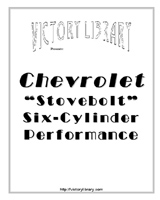
|

|
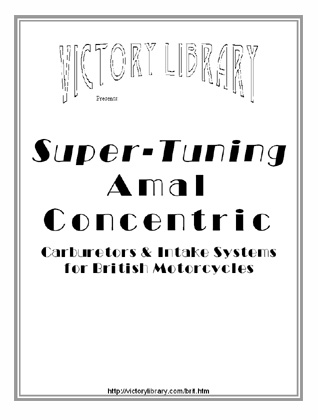
|

|
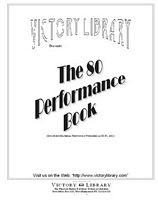
|
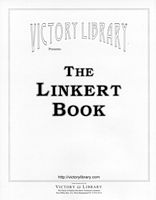
|
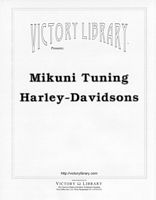
|

|

|

|

|
GMC, supercharger, blower, 6-71, 671, 8-71, 871, pressure, adapt, convert, manifold
|



